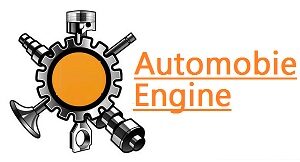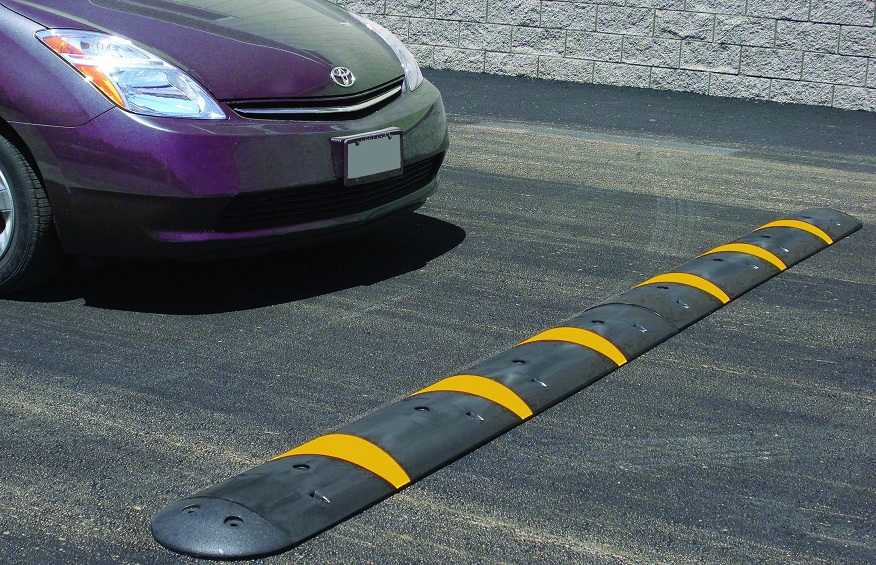Introduction
Speed humps, also known as speed bumps, have become a common sight on roads and streets in many communities. These raised platforms are designed to slow down vehicles and improve safety for pedestrians, cyclists, and drivers. While their purpose is well-known as a traffic calming measure, the impact of speed humps goes beyond just asphalt. In this article, we will delve deeper into the role of speed humps in enhancing community safety and improving the overall quality of life in neighborhoods. From promoting safer driving habits to fostering a sense of community, speed humps have a significant impact on community dynamics. Let’s explore the benefits of speed humps beyond their physical presence on the road.
The Effectiveness of Speed Humps as a Traffic Calming Measure
Speed humps have proven to be an effective traffic calming measure in many communities. They are strategically placed in areas where speeding is a concern, such as residential neighborhoods and school zones. By forcing drivers to slow down, they reduce the risk of accidents and improve safety for all road users. This is especially crucial for vulnerable groups such as children and the elderly, who may have difficulty crossing the road quickly.
Studies have shown that speed humps play a significant role in reducing both the number and severity of accidents on roads where they are present. This makes them an essential tool in improving safety for everyone. Additionally, speed humps also contribute to a more peaceful and orderly traffic environment by promoting courteous driving habits and reducing reckless behaviors like tailgating and sudden lane changes. Thus, speed humps go beyond just asphalt and have a vital role in enhancing community safety.
Promoting Safer Driving Habits with Speed Humps
Speed humps not only slow down vehicles, but they also promote safer driving habits. By forcing drivers to slow down and pay attention to their surroundings, speed humps can decrease reckless driving behaviors such as tailgating and sudden lane changes. This can lead to a more peaceful and courteous traffic environment, benefiting all road users. Furthermore, the presence of speed humps can also improve community dynamics by encouraging people to walk and cycle more, leading to a healthier lifestyle and fostering a sense of community. Additionally, speed humps can also reduce noise levels in residential areas, making them more pleasant places to live.
Enhancing Community Dynamics with Speed Humps
Speed humps have a significant impact on the dynamics of a community. By promoting slower vehicle speeds, they create a safer environment for pedestrians and cyclists, making it more inviting for people to walk and cycle in their neighborhood. This not only leads to a healthier lifestyle for individuals but also fosters a sense of community by bringing people together outdoors. Additionally, speed humps can reduce noise levels in residential areas, making them more pleasant places to live. These benefits have a positive impact on the overall quality of life in a community. Therefore, speed humps serve not just as a traffic calming measure, but also as a means to enhance community dynamics and promote a closer-knit neighborhood.
Debunking the Inconvenience of Speed Humps
Despite their numerous safety benefits, some may argue that speed humps are an inconvenience for drivers. However, studies have shown that the minor delay in travel time is worth the increased safety benefits. In fact, the installation of speed humps has been proven to reduce both the number and severity of accidents on roads where they are present. Moreover, the slight inconvenience for drivers is a small price to pay for the significant improvement in the overall safety and quality of life in communities. Additionally, with strategic placement and proper signage, drivers can anticipate and adjust their speed accordingly, minimizing any inconvenience. Therefore, the argument that speed humps cause delays and discomfort for drivers is easily debunked by the tangible benefits they provide in enhancing community safety.
Conclusion
In conclusion, speed humps are more than just bumps on the road. They serve as an essential tool for enhancing safety and improving the overall quality of life in communities. The strategic placement of speed humps in areas of concern for speeding has proven to be an effective traffic calming measure. Not only do they force drivers to slow down and reduce the risk of accidents, but they also promote safer driving habits and a more peaceful traffic environment. Additionally, speed humps contribute to community dynamics by encouraging walking and cycling and reducing noise levels in residential areas. Despite any inconvenience or delays, studies have shown that the installation of speed humps is worth the increased safety benefits. Therefore, communities should consider implementing speed humps to improve the safety and well-being of their residents.

